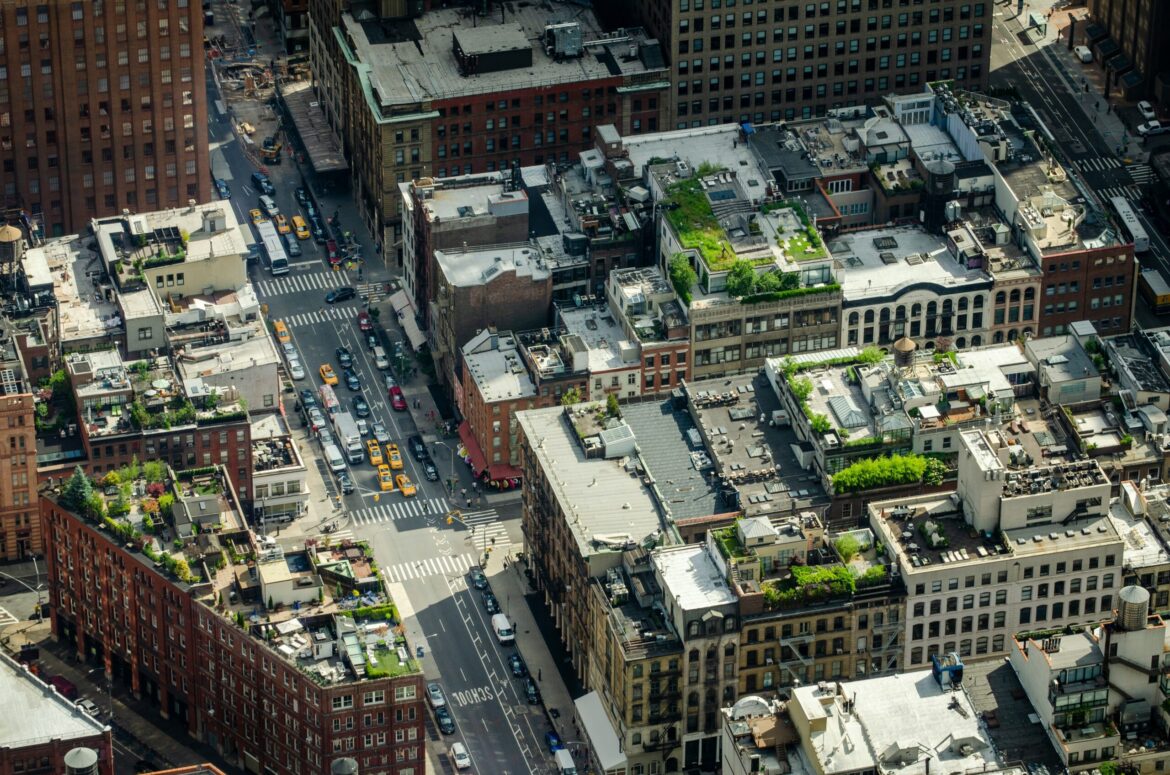March 7, 2025
Across the United States, cities are embracing green urban planning in a major shift towards sustainability and climate resilience. On March 7, 2025, reports revealed that several major U.S. cities, including New York, Los Angeles, and Chicago, are making significant strides to integrate eco-friendly designs, renewable energy, and green spaces into their urban development plans. This growing movement is shaping the way cities are evolving, with sustainability now taking center stage in building design, transportation infrastructure, and public spaces.
Urban planners and city officials are increasingly recognizing the importance of green urbanism in combating climate change, improving public health, and creating livable, resilient communities. From energy-efficient buildings to expansive parks that help mitigate the urban heat island effect, these initiatives reflect a broader effort to reduce the environmental footprint of cities while enhancing the quality of life for residents.
One key development is the rise of “net-zero” buildings, which produce as much energy as they consume through renewable sources such as solar and wind power. Major construction projects in cities like San Francisco and Boston are now prioritizing these energy-efficient designs, ensuring that new buildings are environmentally sustainable from the ground up. These buildings incorporate advanced insulation, energy-efficient windows, and green roofs that support biodiversity and help manage stormwater.
“Green building practices are no longer a luxury—they’re a necessity,” said Olivia Zhang, a lead architect for sustainable urban projects in San Francisco. “We’re seeing a shift in how people view urban development. It’s not just about creating spaces that are functional—it’s about creating spaces that are sustainable and healthy for the environment and the people living in them.”
The push for sustainable cities also extends to transportation. Cities are heavily investing in electric public transit systems, bike-sharing programs, and pedestrian-friendly infrastructure to reduce reliance on fossil fuel-based vehicles. In Los Angeles, a major expansion of electric buses is underway, while New York City is increasing its network of bike lanes and green pedestrian zones, making it easier for residents to move around without the need for cars.
At the same time, urban parks and green spaces are being incorporated into cityscapes to promote environmental sustainability and well-being. These green areas not only provide vital recreation spaces but also play a crucial role in improving air quality, reducing urban heat, and supporting biodiversity. In Chicago, the “Blooming Neighborhoods” initiative is transforming vacant lots into community gardens and urban farms, bringing fresh food to neighborhoods while helping absorb carbon emissions.
Furthermore, cities are increasingly turning to technology to help improve urban sustainability. Smart city technologies, such as sensors that monitor air quality, waste management systems that reduce landfill waste, and energy-efficient street lighting, are being deployed to optimize city operations and reduce energy consumption.
The surge in green urban planning is also supported by federal and state-level initiatives, which are offering financial incentives for sustainable development. Tax credits for solar panel installation, funding for electric vehicle charging infrastructure, and grants for urban greening projects are making it easier for cities to adopt these practices.
However, challenges remain in ensuring that sustainable development is accessible and equitable for all residents. Critics argue that these green initiatives can sometimes lead to gentrification, pricing out low-income communities. Urban planners are working to balance sustainability with affordability, ensuring that green projects are inclusive and provide benefits to all.
As cities continue to adapt to the realities of climate change, the emphasis on green urban planning is only expected to grow. The movement towards sustainable cities in 2025 marks a critical step toward creating environments that are not only livable but resilient in the face of future challenges. With sustainability now embedded in the foundation of urban development, the future of U.S. cities looks greener, cleaner, and more sustainable than ever.


